"Site milestones" Gallery

Neutral Beam Power Supply buildings handed over
2025-12-09 - The European Domestic Agency, Fusion for Energy, has handed over the ITER Neutral Beam Power Supply buildings to the ITER Organization, marking the completion of a six-year project to build the 11,700 m² area (comprising two steel-frame buildings, pictured above, and one outdoor technical zone) that will house the power supply installation for ITER's neutral beam injectors.


Sector module #5 installed in pit
2025-11-25 - The third of nine modules required to form the ITER plasma chamber is installed in the tokamak assembly pit on 24-25 November 2025. Sector module #5 has the first European-manufactured sector at its core.

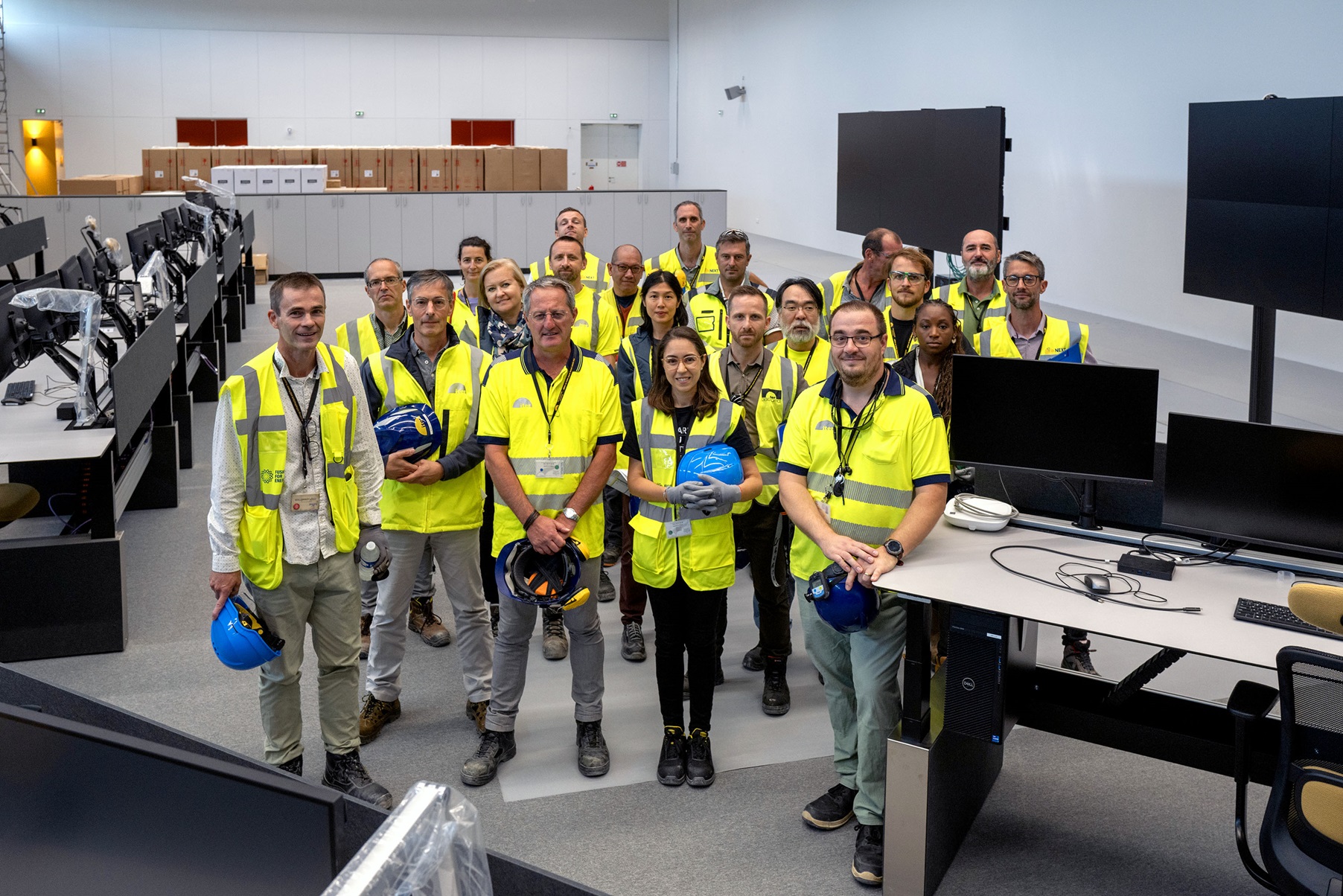
Control Building handed over
2025-09-08 - The European Domestic Agency, Fusion for Energy, has handed over the ITER Control Building to the ITER Organization, marking the completion of the 3,500 m² building that includes the main ITER control room, a server room, offices and employee facilities, and a direct connection to ITER Headquarters.

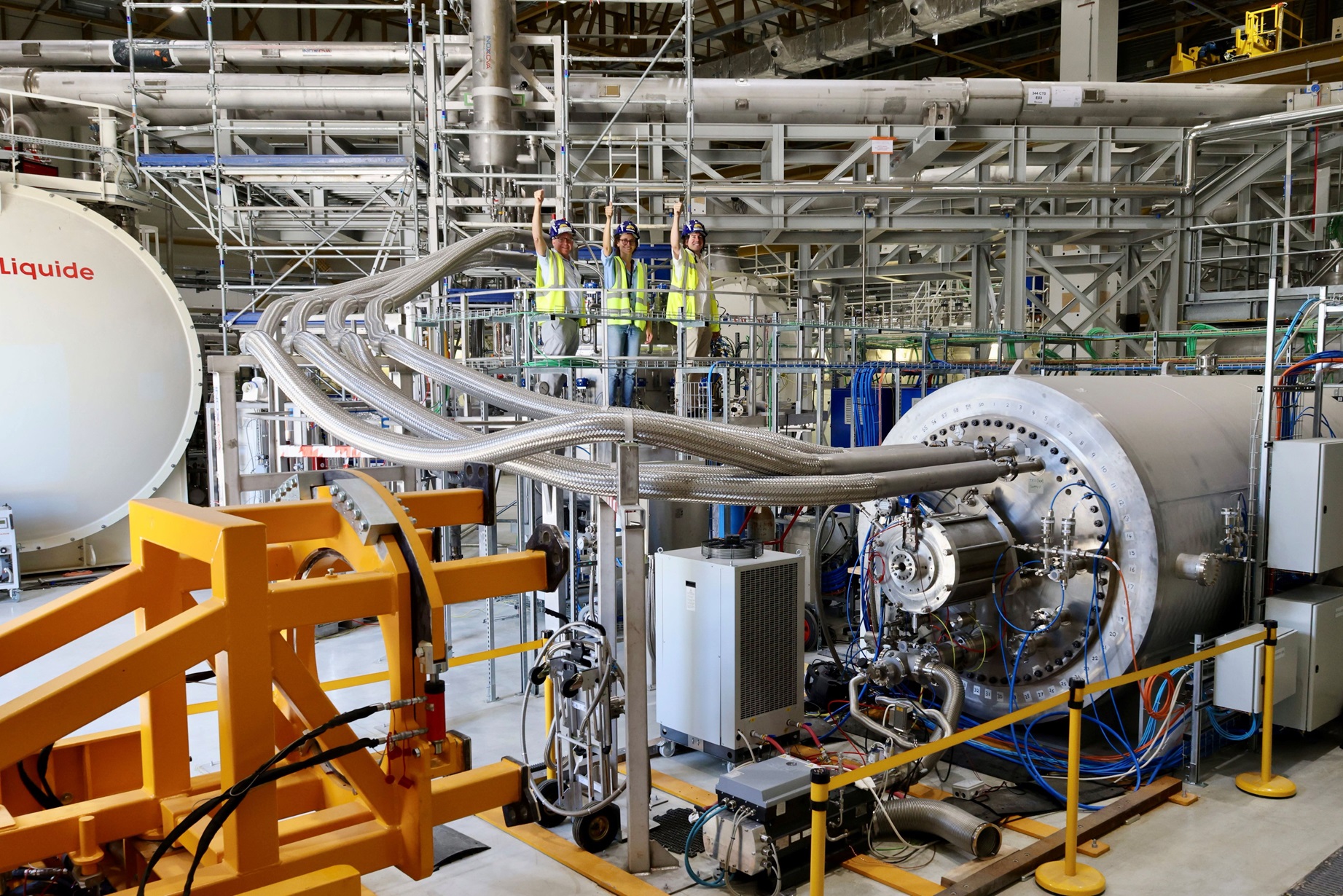
Cryopump test bench turns on
2025-08-06 - In August, the pre-production cryopump is used to commission the cryopump test facility. The test bench creates vacuum and cold conditions similar to ITER operation, allowing the teams to test the pump in different ITER scenarios. Next: at least four of the production cryopumps will be tested.

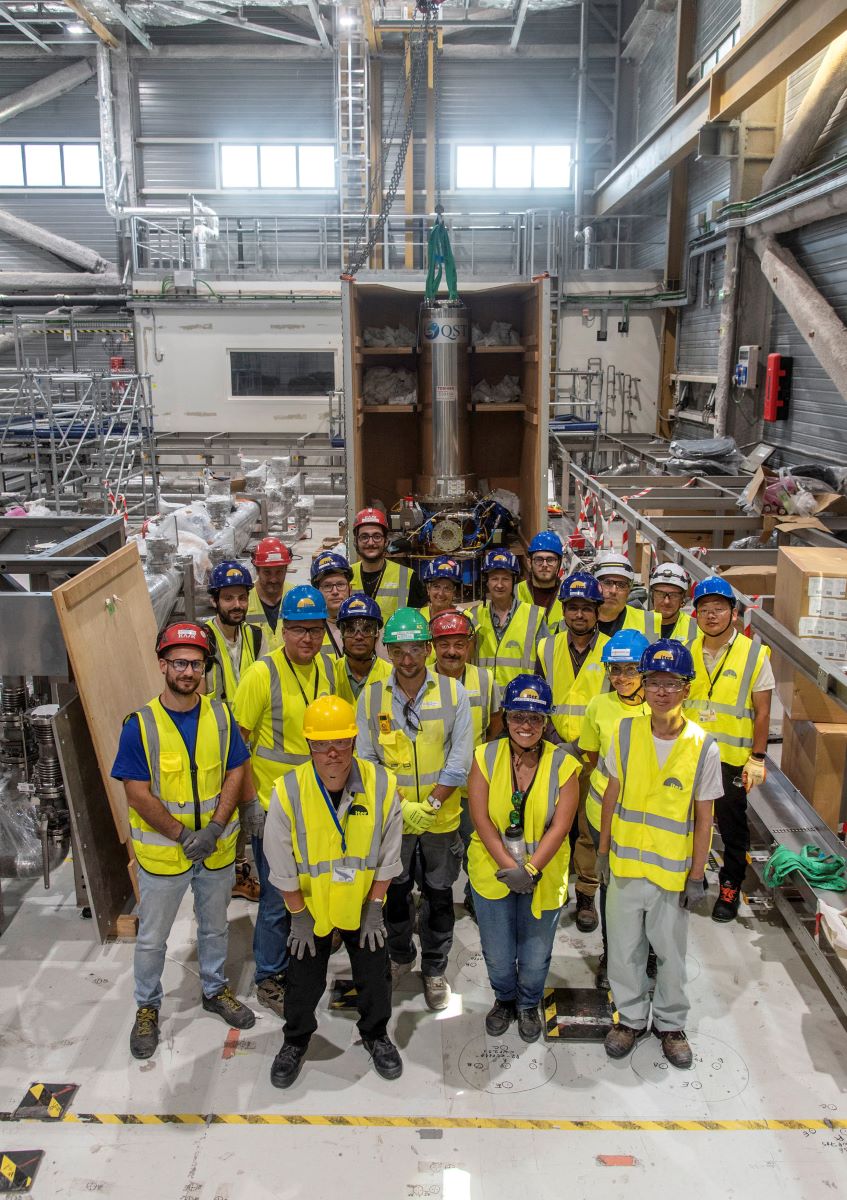
First gyrotron unpacked for installation
2025-07-07 - At the top of the three-floor Radiofrequency Building, 24 gyrotrons will be installed in three rows of eight. The first to be installed is a gyrotron delivered by Japan, which will be in place and connected to its power supply by late August.

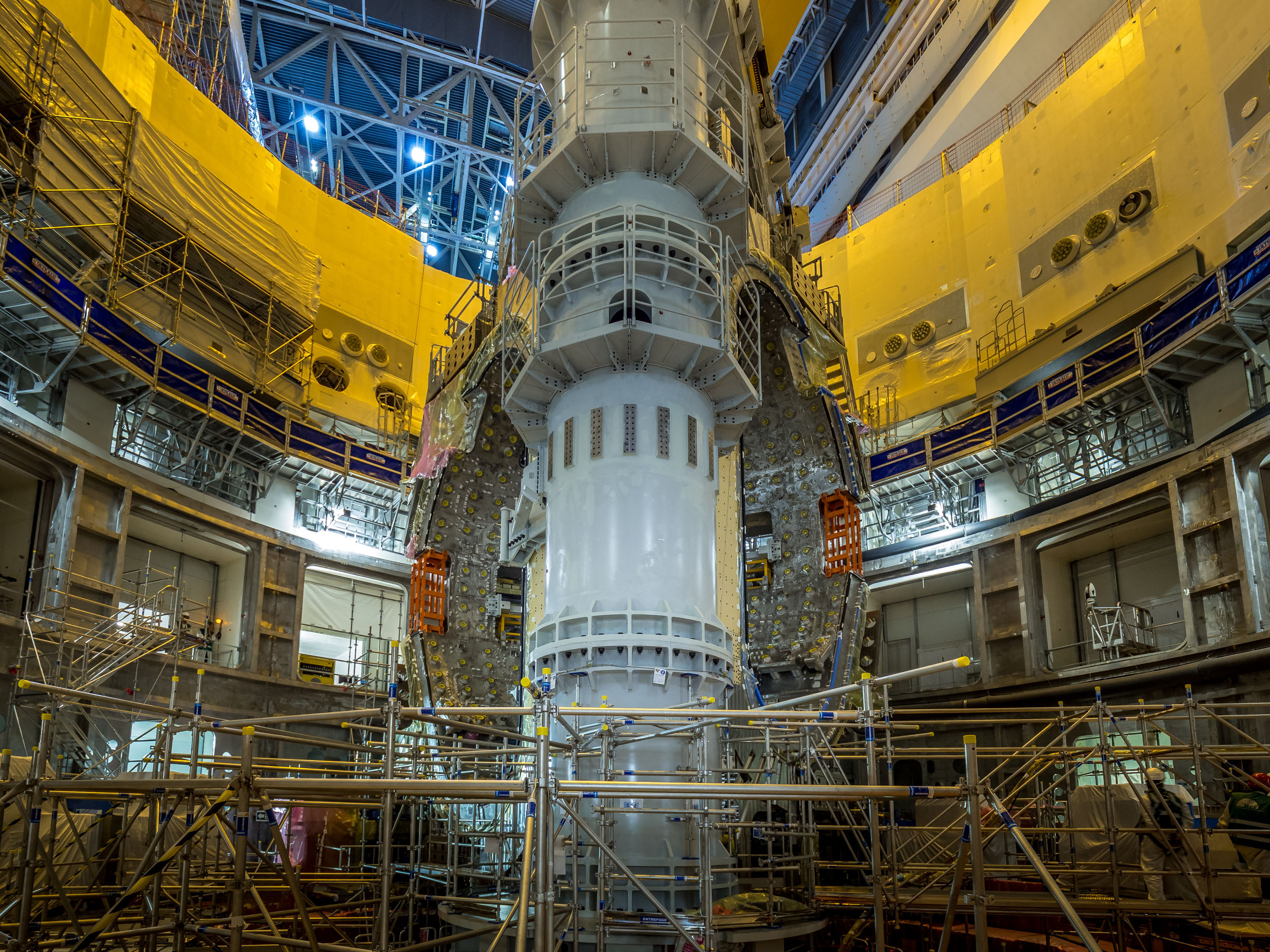
Sector module #6 installed in pit
2025-06-18 - The second of nine modules required to form the ITER plasma chamber is installed in the tokamak assembly pit on 17-18 June 2025. Sector modules #7 and #6 are now side by side in the pit, with 15 cm between them.

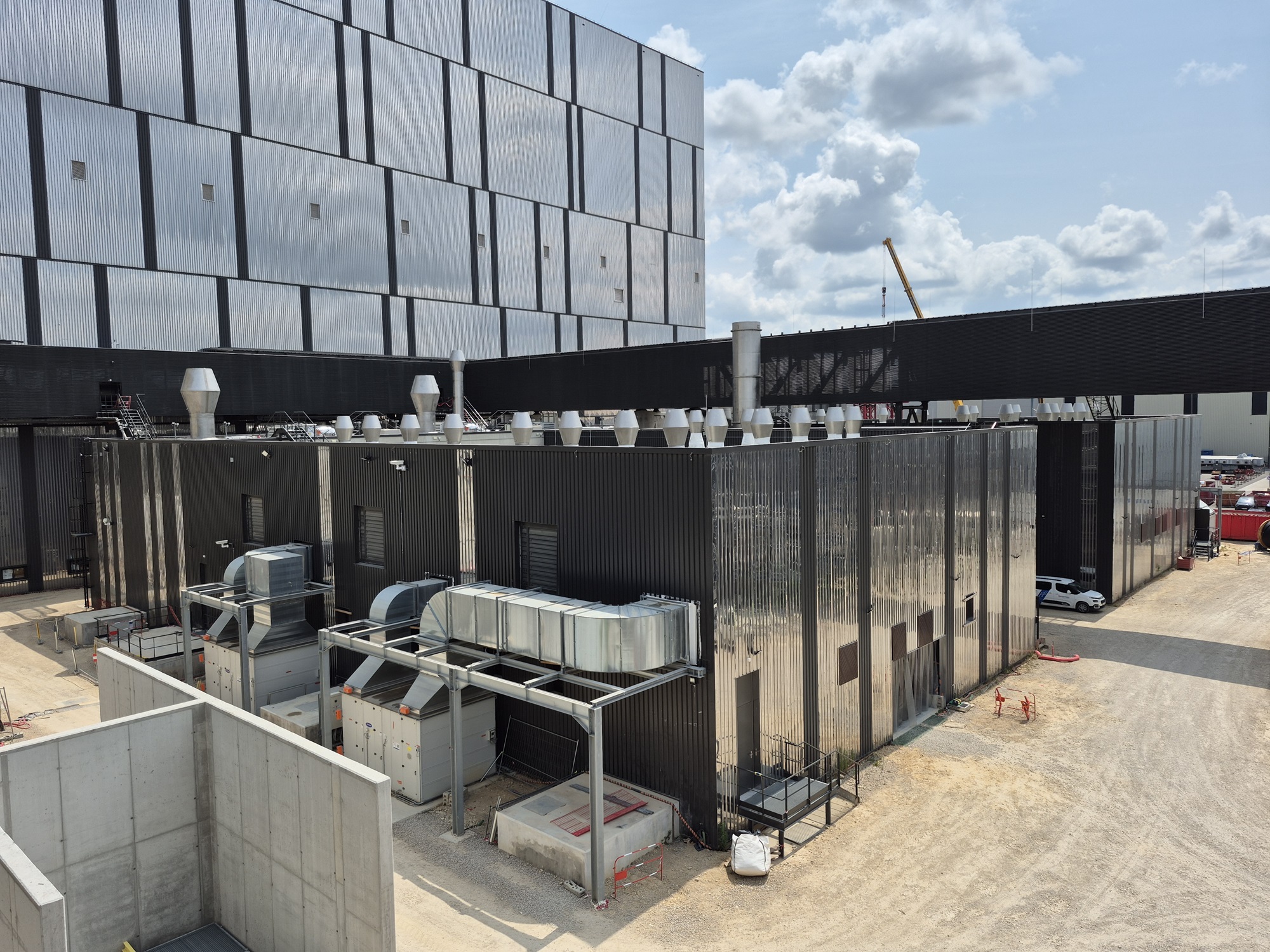
Handover of the fast discharge building
2025-06-06 - The European Domestic Agency hands over the completed Fast Discharge and Switching Network Resistor Building to the ITER Organization in June. The facility will house fast discharge resistors, designed to protect ITER’s magnets in case of a sudden loss of superconductivity. ©F4E


Sector module #7 installed in pit
2025-04-10 - The first of nine modules required to form the ITER plasma chamber is installed in the tokamak assembly pit on 10 April. Sector module #7 was created from one vacuum vessel sector, its thermal shield and two toroidal field coils in 6 months and 10 days; for reference, the first time this sub-assembly operation was carried out it took 18 months to accomplish.


First sector module completed post-repair
2025-03-28 - Sector module #7 is the first to be finalized, a litte ahead of schedule, after vacuum vessel sub-assembly restarted in September 2024. It will be lowered into the tokamak pit in April, the first of nine modules required to form the ITER plasma chamber.










